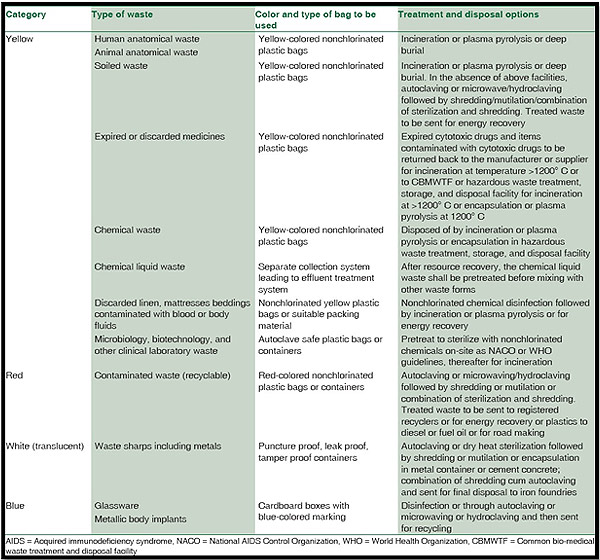What Does Reclaim Waste Mean?
Table of ContentsReclaim Waste Things To Know Before You BuyHow Reclaim Waste can Save You Time, Stress, and Money.Reclaim Waste - The FactsReclaim Waste Can Be Fun For EveryoneReclaim Waste for Dummies7 Simple Techniques For Reclaim Waste

Never ever place unsafe compounds down sinks, commodes or stormwater drains Compounds including petrol, grease, oil, chemicals and herbicides, and solvents such as paint strippers should not be put down sinks, bathrooms or stormwater drains. These substances are tough to remove in the sewer therapy process and create pollution problems in our neighborhood waterways.

Although fluid waste is a term that covers a broad variety of materials, there's a great reason that leaving its disposal to the specialists is advised. Fluid waste is non-solid material that has no additional use and should be dealt with and thrown away according to regional, state and government regulations.
Reclaim Waste Things To Know Before You Get This
Although examples of liquid waste can consist of wastewater, fats, oils or grease, used oil, liquids, solids, gases or sludges and hazardous family liquids, there are some that are taken into consideration to be more harmful than others when it concerns the atmosphere and the health of animals and human beings alike. It's therefore that each state and territory have actually stringent regulations connected to liquid waste monitoring.
Liquid waste can be stored in holding containers or packaged in drums, intermediate mass containers or authorized little containers before either being dealt with or removed using outsourced vacuum cleaner trucks. Given the nature of the products, liquid waste can not go in the basic waste stream and there are rigorous policies on exactly how to throw away it properly.
(https://reclaimwaste1.blog.ss-blog.jp/2024-11-12?1731425991)Depending on a determination of the degree of threat, it might be necessary to remediate those websites. In enhancement, hazardous fluid chemical wastes are controlled waste and must be tracked in conformity with the state waste regulations. Under the chain of protection and obligations, owners are responsible and responsible for waste generated by a business.
Among the core applications for superabsorbent polymers (SAPs) is liquid waste solidification. industrial wastewater treatment. SAPs are used by waste management specialists to stop potentially dangerous fluids from going into rivers, groundwater aquifers, and other delicate environments. Since fluids can rapidly deliver contaminants into ecological receptors and potentially add to geotechnical failures, liquid wastes are virtually always prohibited from disposal in click this garbage dumps
All About Reclaim Waste
Basically, free liquids are liquids that separate from the strong portion of waste material. Liquid waste can include the following: HDD mud and cuttings Landfill leachate Wastewater therapy sludge & biosolids Dredged sediments Oil and gas drill cuttings Resolving fish pond filth Hydro Excavation slurry Coal burning residuals/ash Storage tank base sludge Concrete grinding/polishing slurry Related Short article: For a useful example of complimentary fluids dividing from waste material, consider the adhering to situation: A waste management professional tons a dump associate sludge from a wastewater treatment plant's aeration container, throughout a regular upkeep event.
However, when the chauffeur comes to the landfill, he notifications water leaching from the sludge and putting from the dump vehicle. The load was denied by the land fill and the motorist was forced to throw away the waste as a liquid waste at an unique center, which raised the disposal charges greatly.
We also need to be liable for the proper disposal of our waste products. It is not enough that we pay waste disposal firms to take care of our rubbish.
The Buzz on Reclaim Waste

Segregating your waste can start inside the home. Set apart dry and liquid waste as well as edible waste, eco-friendly and non-biodegradable products.
Layer the base with dirt to soak up the wet waste. Layer the garden compost with wet and dry waste as well as dirt to keep a balance in between the wet and the dry.
Everything about Reclaim Waste
Cover the compost container. As soon as a week, add dirt in addition to the compost. To facilitate faster disintegration, you can also add semi composted dirt to the compost. Keep the garden compost. If you notice the odor is coming to be too strong, add additional papers and paper waste or add more openings to the compost container to maintain the equilibrium of the waste products.
We also require to be accountable for the appropriate disposal of our waste products. It is not sufficient that we pay waste disposal business to take care of our rubbish.
Our waste, our obligation. Have you ever wondered what occurs to your fluid waste after it's gathered? Did you recognize that liquid waste can be reused?
The Definitive Guide for Reclaim Waste
Segregating your waste can begin inside the home. Set apart dry and liquid waste as well as edible waste, naturally degradable and non-biodegradable materials.
You can use old garbage bin, container, yard pot or old plastic drums. Drill four to five openings in the container so the air can circulate. Layer all-time low with soil to take in the damp waste. Beginning the composting procedure. Layer the garden compost with damp and dry waste in addition to soil to keep an equilibrium in between the damp and the dry.
To promote faster disintegration, you can additionally include semi composted soil to the garden compost. If you see the scent is ending up being too solid, include added newspapers and paper waste or include even more openings to the compost container to keep the equilibrium of the waste materials.